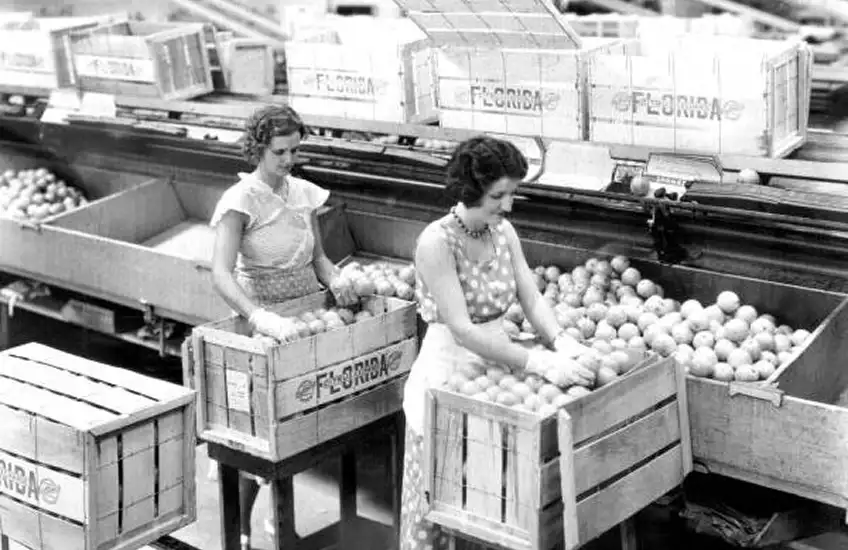
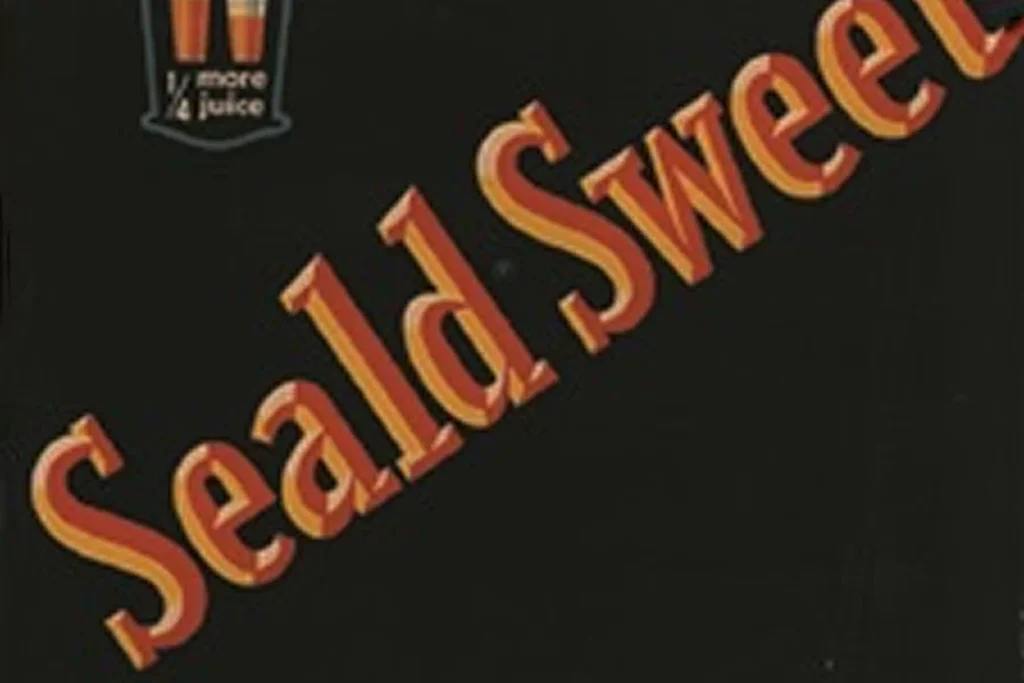
1908
In 1908, the industry began to recover from years of devasting freezes, and the first issue of Florida Grower was published. Directly following in 1909, the Florida Citrus Exchange was established in Tampa, leading a 90-year operation under the trade names of SealdSweetand Mor-Juice. Additionally, the Haines City Citrus Growers Association was formed, “Hilltop” was adopted as the official brand name and the first car of fruit was shipped.
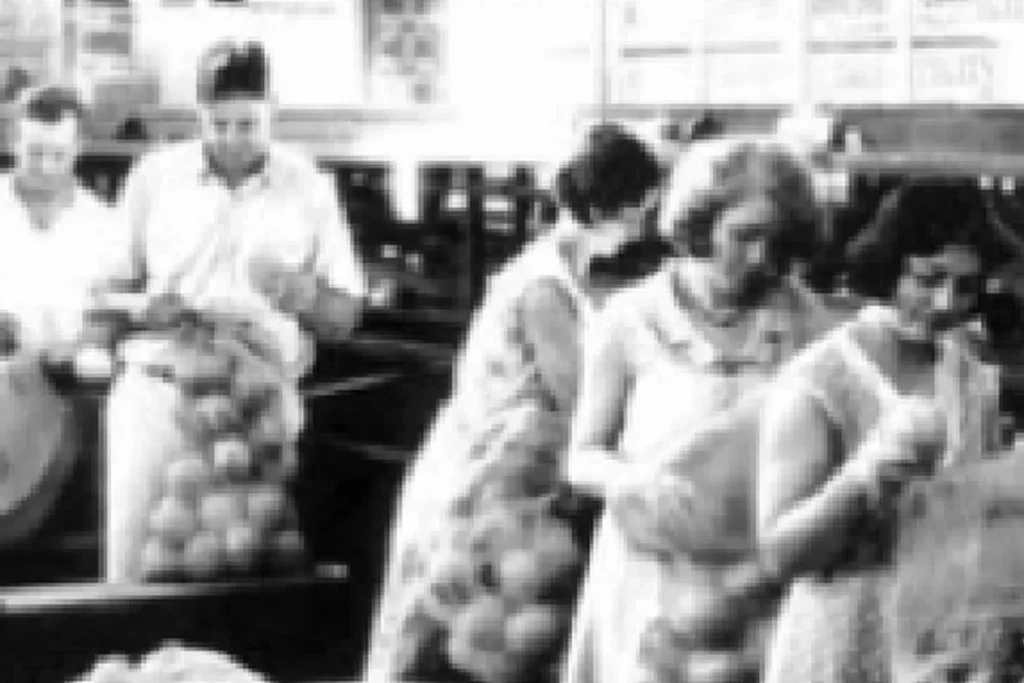
1914
In 1911-1913, the first Citrus Maturity Laws were passed making it illegal to ship green fruit. In 1914, Citrus Canker, a new crop disease, was identified in Florida. Luckily, the disease was quickly eradicated through controlled crop burns. Following the canker outbreak, in 1915, the first citrus processing plant in America opened called The Fresh Fruit Products Company. Formed by C.E. Street in Haines City, Fl., this plant offered grapefruit juice in glass bottles.
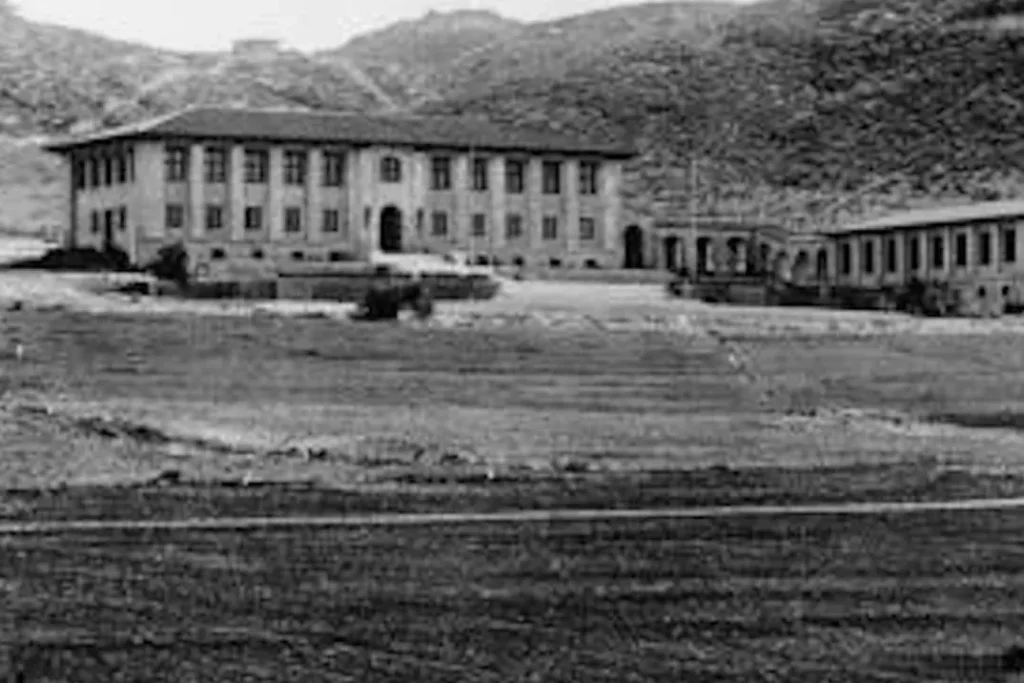
1916
Inventions surrounding Florida Citrus continued and in 1916, the Florida Citrus Exchange began research on the possibilities of using cull fruit and left-over parts of canned citrus like peel and seeds. Citrus refuse was also being distributed throughout the groves as fertilizer at the time and F.A. McDermott suggested the idea of using citrus pulp as cattle feed. In 1917, The Citrus Experiment Station was established by the action of the Florida Legislature, which eventually became an integral part of the citrus industry at large.
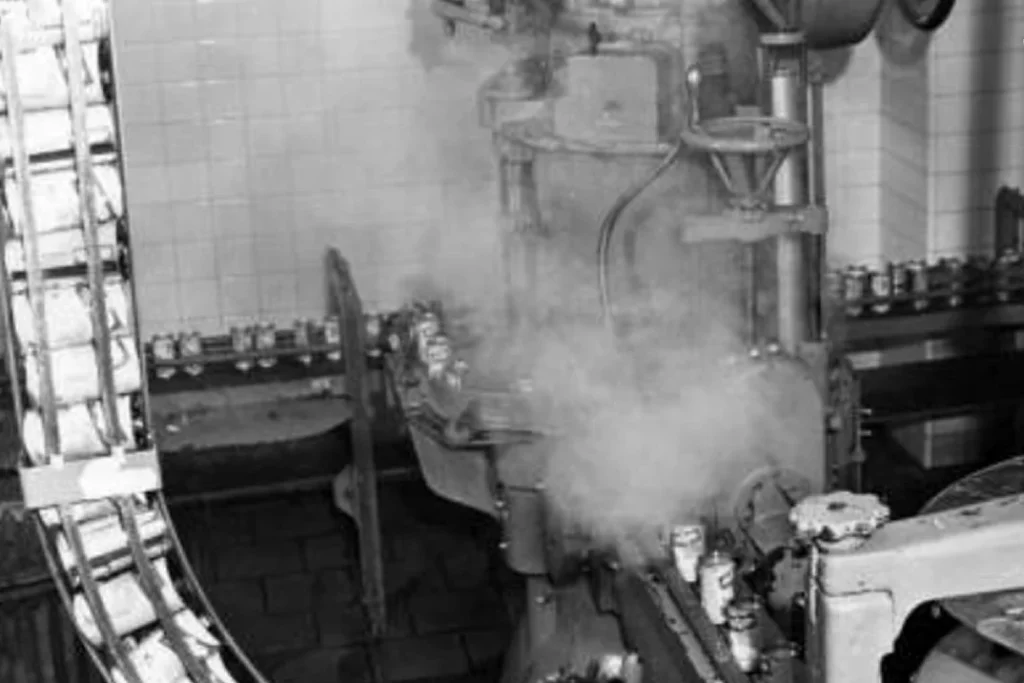
1923-1927
In the 1920s, veterinarian and citrus grower, Dr. J. E. Crump, made citrus concentrate by freezing orange juice in an ice cream freezer. This was followed by the establishment of the Grower and Shippers League in 1923 and the first citrus fruit inspections by the USDA in 1925. Then, between 1926 and 1927, Nathan Mayo, Florida State Commissioner of Agriculture, sought laws to benefit the industry, specifically to control the shipment of freeze-damaged fruit.

1929
In 1929, the first Mediterranean fruit fly infestation occurred affecting 75% of Florida’s Citrus trees. As a result, an embargo of all fruit from the affected areas was enforced by state officers and national guard. Astonishingly, this was also the first time an agricultural pest was completely eradicated. In 1933, the Citrus Canker came back, known as the most dreadful disease threat to U.S. agriculture. Fire was used to conquer the outbreak and remains the only cure today.
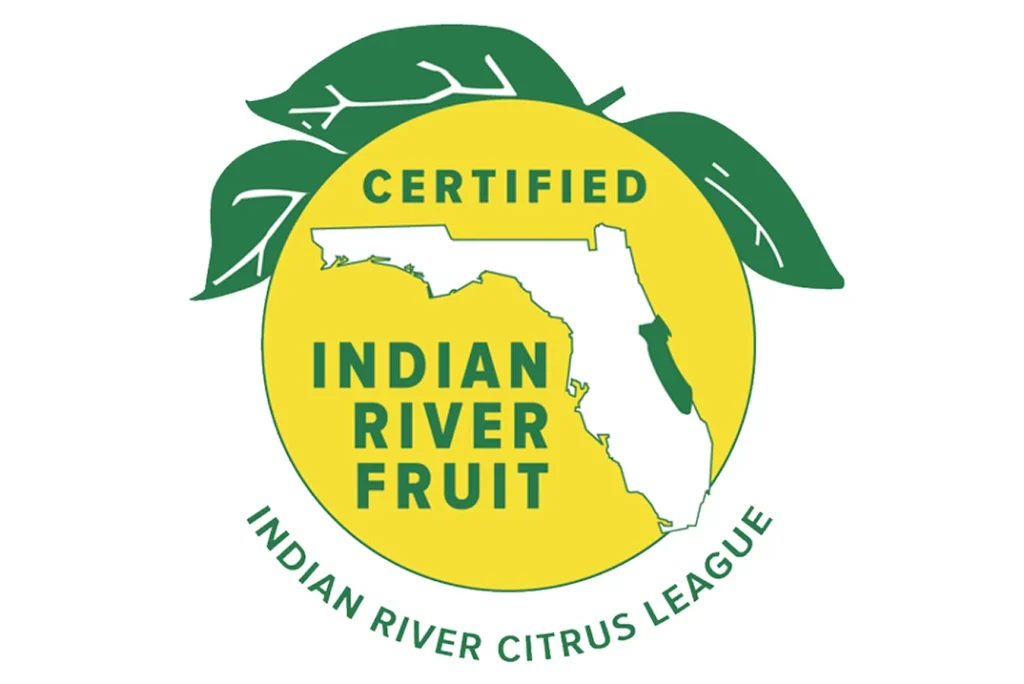
1930s
In the 1930s, Florida Citrus was a burgeoning industry in Florida, but it was also fragmented and disorganized. In 1931, the Indian River Citrus League formed as well as The Florida Citrus Canners Association (known today as the Florida Citrus Processor’s Association). While this was a step toward industry organization, several key opinion leaders sought to bring further cohesion and leadership to the industry through the establishment of a regulatory body to guide industry activities. Through their efforts, the Florida Citrus Commission was born and officially recognized in 1935 by an act of the Florida legislature. The first official meeting of the commission lead to the passing of seventeen regulations dealing with issues ranging from the definitions of “citrus fruit” and “packing house” to grapefruit quality standards and sizes to application of citrus fruit tax stamps. In 1937, United Growers and Shippers was formed.

1930s
In 1939, World War II breaks out. The war led to many research advances in the industry, as well as the establishment of the Florida Citrus Commission’s robust advertising program to promote Florida Citrus products to consumers. The commission’s first committee appointed was Advertising and focused on the idea of “value-added” reasons for the purchasing of Florida Citrus products. The first advertising campaign touted the superior juiciness of Florida Citrus and its role in good health.

At the end of WWII, researchers Dr. Edwin L. Moore with the Florida Citrus Commission and Dr. L.G. McDowell and C.D. Atkins at the Lake Alfred Citrus Experiment Station revolutionized the citrus industry with a patent for citrus concentrate. This invention made orange juice a convenient staple in consumer’s refrigerators creating the foundation for growth and leading to production tripling over the next 25 years.
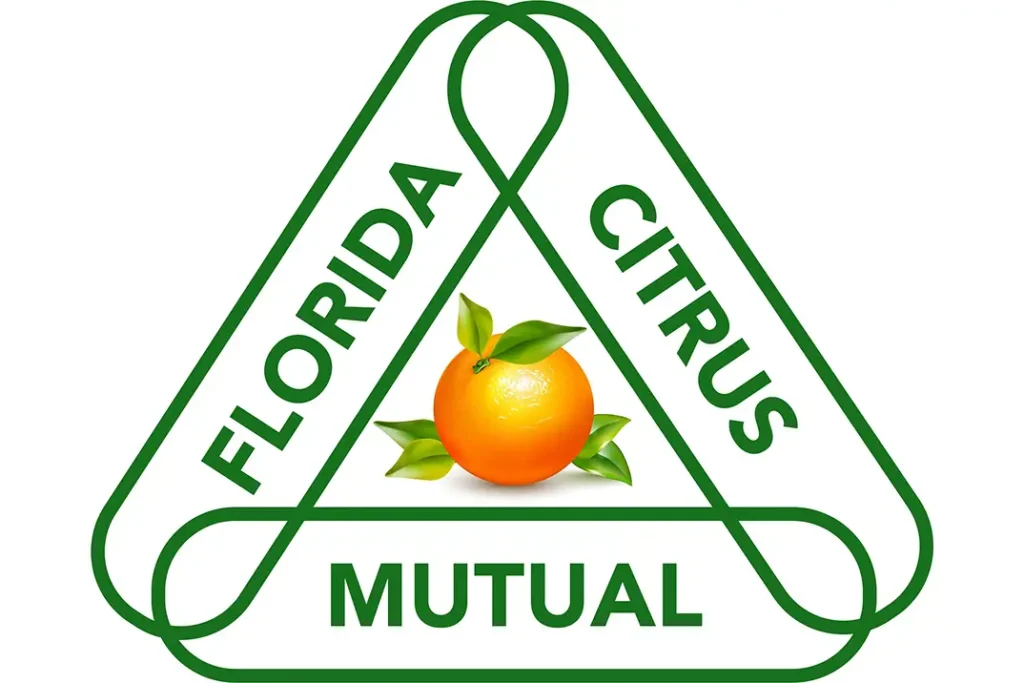
1946-1951
In 1946, the Florida Gift Fruit Shippers was established. Shortly after in 1948, Florida Citrus Mutual was established in an effort to unify the Florida Citrus Growers. Then in 1951, the Florida Tangerine Cooperative was formed.